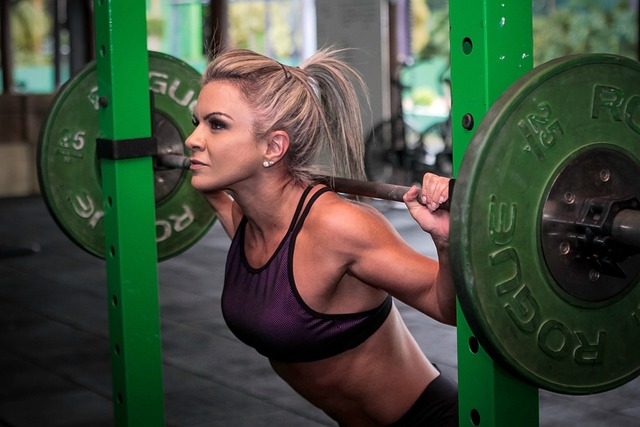
Strength Training for Cyclists: Where to Start and How to Progress
Visit any cycling-focused blog, website, or social media page, and you’ll be met with a flood of articles emphasizing the importance of strength training for cyclists—often alongside conflicting lists of the “10 Best Exercises for Cyclists.” While these articles have value, transitioning from a world of watts and training zones to reps and sets can feel overwhelming. Knowing how to apply all this information effectively is another challenge altogether.
Like any aspect of athletic training, a one-size-fits-all approach can only take you so far. Every rider has unique strengths, weaknesses, and goals. That said, general strength training resources can still be a great starting point, particularly if you don’t have access to a personalized coaching program. The goal of our *Cycling Strong* series is to simplify strength training fundamentals, clear up common misconceptions, and provide practical guidance so you can build an effective routine that enhances your performance on the bike.
Strength Training Basics
Key Terms to Know
– Reps (Repetitions): One full movement of an exercise. For example, one squat is one rep, while ten squats equal ten reps.
– Sets: A group of reps performed consecutively without rest. If a program prescribes “Squats: 12 reps for 3 sets,” this means you complete 12 squats, rest, then repeat twice more.
Progressive Overload: The Key to Strength Gains
If you want to improve muscular strength and endurance, progressive overload is the foundation of any effective training plan. This principle involves gradually increasing the difficulty of your workouts over time, forcing your muscles to adapt, grow stronger, and become more resilient.
The most common method of progressive overload is adding weight, but that’s far from the only way to challenge your muscles. Even if you don’t have access to a gym, you can still progress by:
✔ Increasing weight
✔ Increasing volume (more sets or reps)
✔ Expanding range of motion (e.g., elevating your front foot during lunges for a deeper stretch)
✔ Extending time under tension (holding a squat at the lowest point before standing)
✔ Reducing rest time between sets
✔ Increasing training frequency
You don’t need to push every set or every workout to the limit. Strength adaptations take time, which is why most structured programs last 8–12 weeks. The goal is *gradual* progression, not an immediate jump from lifting 10kg to 20kg in a single session.
Quality Over Quantity
A common mistake in strength training is sacrificing proper form in favor of lifting heavier weights or squeezing in extra reps. Poor technique increases the risk of injury and diminishes the effectiveness of the exercise. Prioritize controlled, high-quality movements over simply adding weight.
Unilateral Training: One Leg or Two?
Another effective way to build strength and address imbalances is through “unilateral training” exercises that work one side of the body at a time. This could mean performing lunges, single-leg deadlifts, or loading weight on one side during a movement.
Many cyclists unknowingly rely more on one leg when generating power. If you’ve ever analyzed your pedaling data, you may have noticed an imbalance in power output between your legs. Incorporating single-leg exercises into your strength routine can help correct these discrepancies, leading to improved symmetry, power transfer, and injury prevention.
In an upcoming post, we’ll explore the role of mind-muscle connection in strength training, plus practical tips for injury rehab and prevention.
What’s Next?
Now that you have a solid understanding of the fundamentals, we’ll be diving deeper into:
✅ The best exercises for cyclists
✅ How many reps and sets you actually need (hint: probably fewer than you think)
✅ Different training approaches to maximize your cycling performance
Got a strength training question or dilemma? Drop us a message on Instagram—we’d love to tackle it in a future post!
